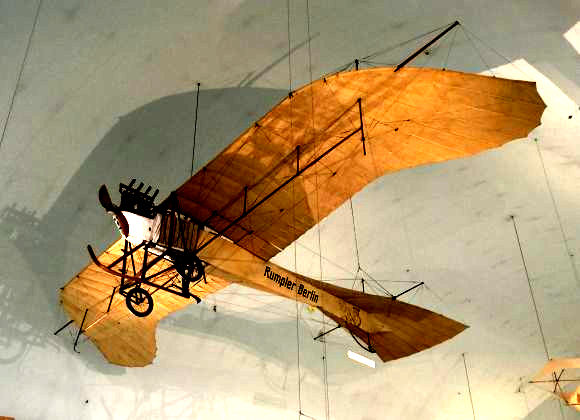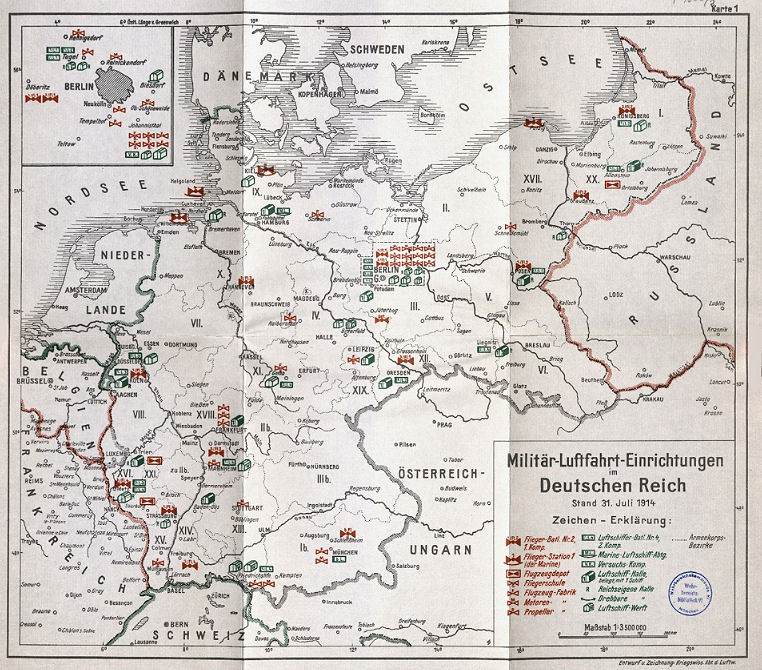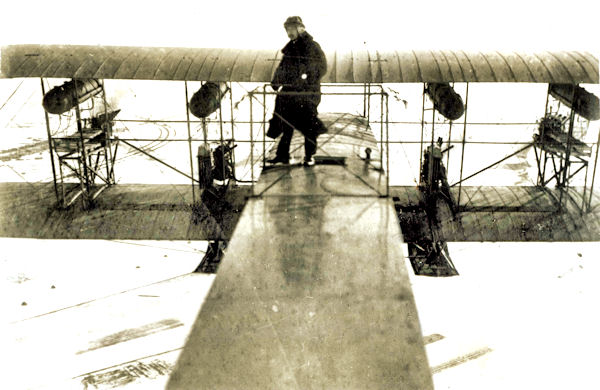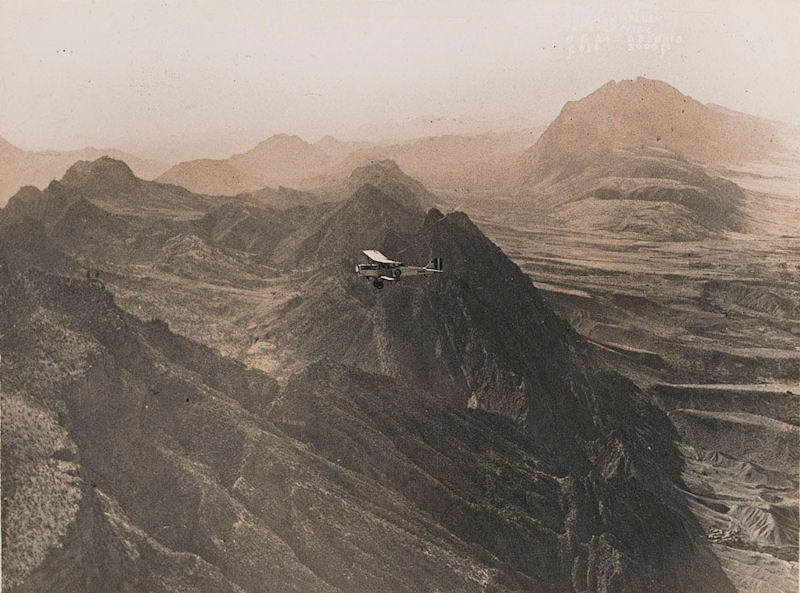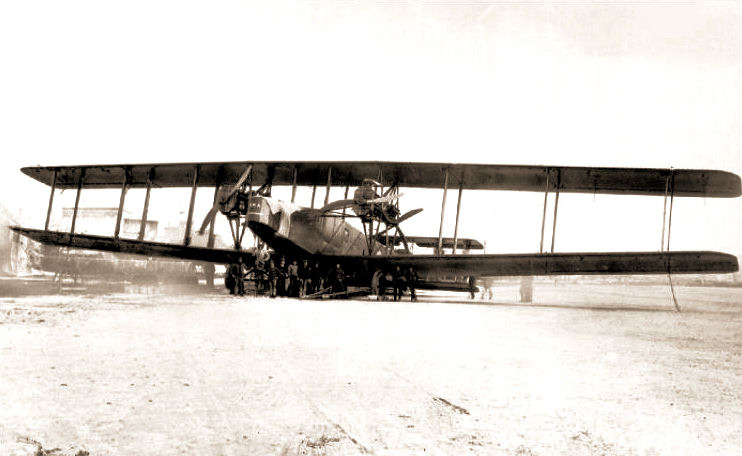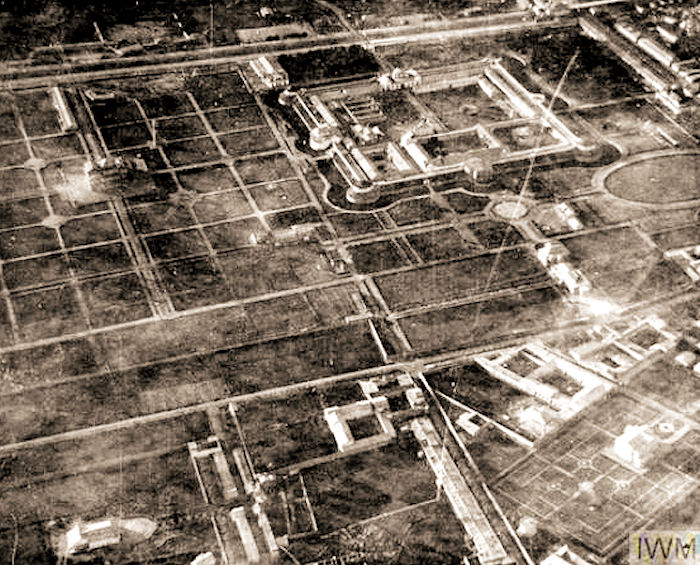
September |
Access |
The Air War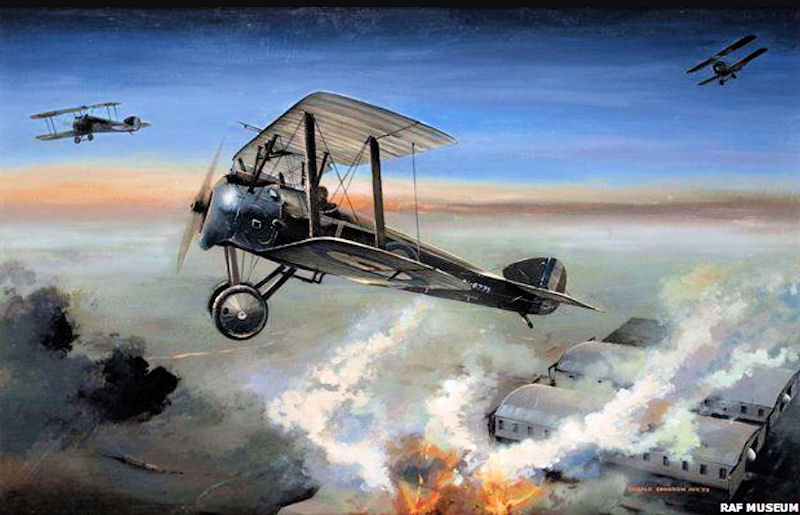
Attack on an Enemy Aerodrome (RAF Official Art)
Your Editor's Unpopular Views
Since I've been studying, publishing, and speaking on the First World War, I've learned that there are some views/interpretations I've developed that are so contrary to the received wisdom about it that audiences sometimes turn skeptical, even hostile. You're welcome to disagree, of course, but here are three of my contrarian views:
1. The Dardanelles/Gallipoli campaign was never close to succeeding, nor was it ever some magical solution to the trench warfare stalemate. It was ill considered, a waste of lives and strategic resources, and beyond the logistical and command & control capabilities of the time. Ironically, it quickly turned into a case study in 1915-style trench warfare.

Aerial Reconnaissance Over Germany: 1914
|

Looking Back at WWI Aviation
The First World War was the first conflict characterized by three-dimensional war: on land and sea, in the air, and under the surface of the sea. . . The First World War defined the roles and missions of land-based and maritime air power that are still fulfilled and prosecuted over a century later. It stimulated rapid technological development, technical emulation, and technical exploitation, as well as stimulating investment in scientific and engineering facilities, laboratories, research centers, and methodologies. . .
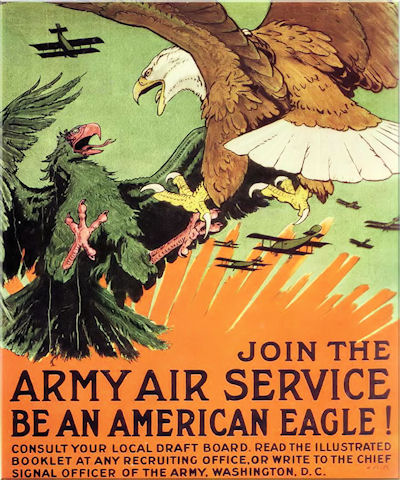
 The Aces Speak
I put my bullets into the target as if I placed them there by hand.

Richthofen's Triplane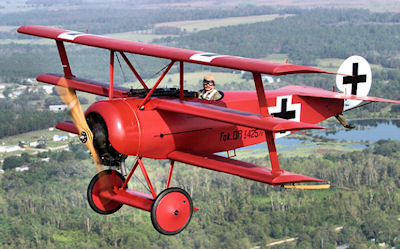
The most recognizable single airplane from the Great War is Manfred von Richthofen's Fokker Dr.I triplane. With it, the Red Baron won the last 21 of his 80 victories; in it, he died on 21 April 1918. The Dr.I had not only three wings but a supplementary airfoil on the undercarriage. This allowed the fighter to outclimb and outturn almost any contemporary Allied aircraft. What it lacked was flat out speed. Its small engine, with only 110 horsepower, had the low (for 1918) maximum speed of 103 mph. This deficiency may have played a role in his final and fatal mission. 
Captain D'Urban Victor Armstrong, DFC, RAF
I suppose everyone who saw him would agree that Armstrong was the finest pilot in the Force. He was a past master at that most dangerous and spectacular business of stunting near the ground. He would take his Camel off and go straight into a loop. The Camel, if the engine held, gained about ten feet on it. If the engine spluttered or missed, he was for it. His luck held until now, only a fortnight, had we known it, before the end of the war. Then, one day, he was spinning down to the ground, with him a favorite method of descent; but he left it too late, pulled out, thought he had not enough room, jerked back the stick before the machined had flying speed, went into another spin, and struck the ground. He was killed outright. They found his tongue on the engine.
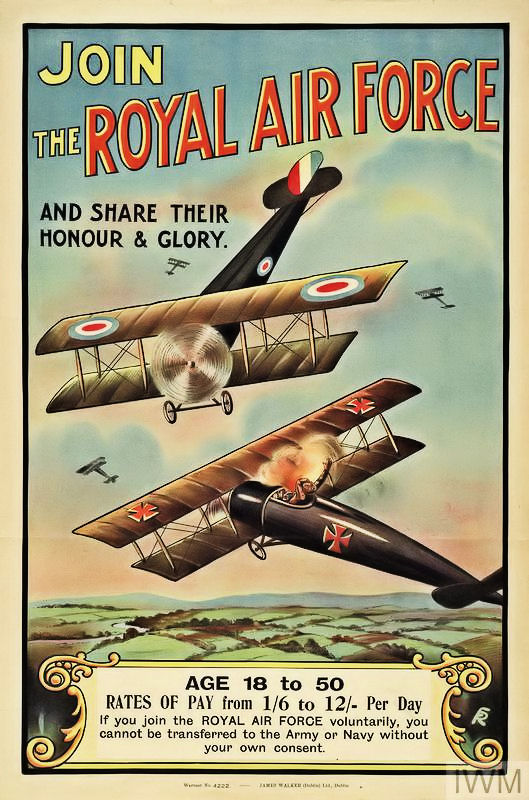 
AEF Battlefields
Gallipoli 
1919: Peace? 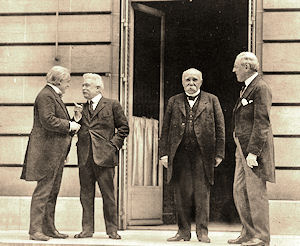
When: 1-2 November 2019
Chapter Meeting 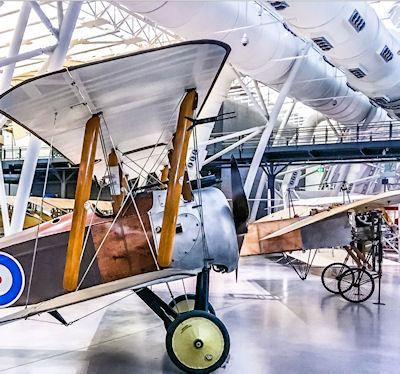
When: 23 November 2019 |
|||||||
Then and Now: Madeleine Farm
Over the next few months, we will be featuring "Then and Now" photos from dedicated Western Front traveler Andy Pouncey. His full website War Untold can be visited
HERE.
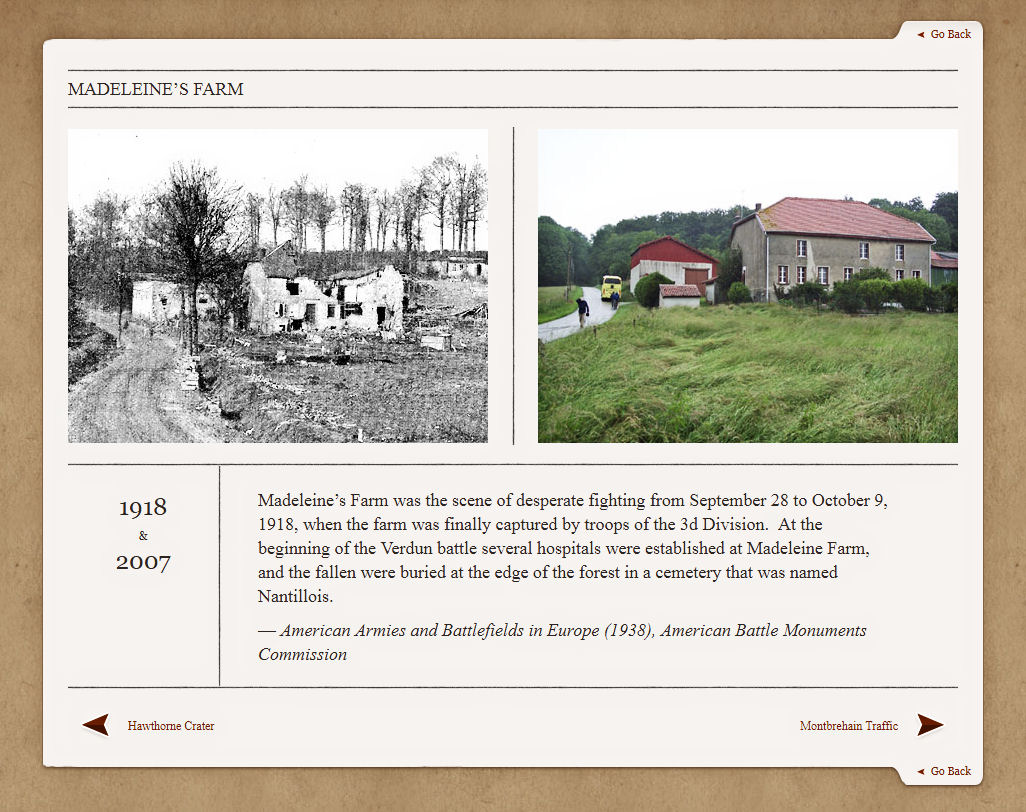 Creating an American Air Force
| ||||||||
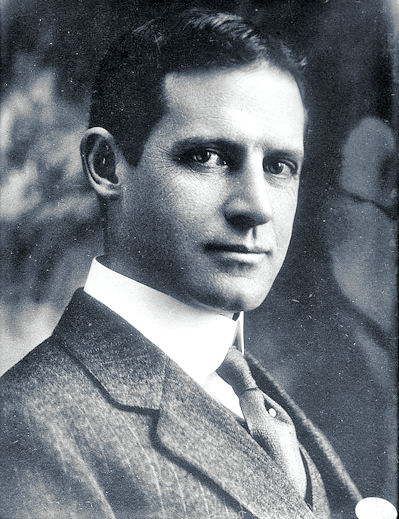
Raynal Bolling, Corporate Lawyer |
How did the United States create airpower upon joining the Great War? The complete
story is beyond the scope of this article, but an important part can be told through
the contributions of three key architects of American airpower: Colonel Raynal Bolling,
Major Foulois, and Gen William “Billy” Mitchell. Bolling is the least well known of the trio and will be the focus of this article.
Air-mindedness [in the United States after the Wright Brothers' fiRst flight] owed much to civic organizations, especially the Aero Club of
America, founded in 1905, which drew its leadership from the captains of industry.
The Aero Club was actually a federation of aviation clubs from across America that
sponsored flying exhibitions, issued pilot’s licenses, and promoted a nascent aviation industry. Promoters of aviation envisioned growth of an aircraft industry as
revolutionary as the automobile industry, which was then transforming American
society. The Aero Club was a powerful lobby and had been largely responsible for legislation establishing the Aviation Section of the Signal Corps in 1914. The Club also lobbied for the establishment of aviation
units in the National Guard. Bolling organized one of these units in New York.
A Harvard-educated lawyer and an aviation enthusiast, Arkansas-born Raynal Bolling served on several
of the Aero Club’s executive committees, including those dealing with law, government affairs, and military aviation. He would become one of the key architects of
American airpower. Many readers will recognize Bolling as the name of the USAF
base near the Pentagon in Washington, DC. Bolling merited this honor for his role
in creating American airpower during the Great War. He was also the senior U.S. Airman killed in action during the war. His part in the birth of American airpower exemplifies how the National Guard and reserves played an important role in the formation of an American air force—the prologue to today’s total force.
Bolling initially rose to fame as the chief lawyer for US Steel. At that time, it was
the largest corporation in America and vitally important to any war effort. He
helped defend US Steel from being broken up by President Theodore Roosevelt,
“Teddy the Trust Buster.” He was also a member of the New York National Guard.
“The Guard was a hotbed of early interest in aviation, and there were many efforts
to form Guard aero units in various states, the most prominent being the New
York.” Bolling’s interest in aviation, combined with financial support from the
Aero Club of America, led to his founding of the 1st Aero Company of the New York
National Guard in 1915.
Bolling’s command expanded to become the 1st Reserve Aero Squadron (1st RAS)
after the passage of the National Defense Act of 1916, which originated the nation’s
air reserve. His squadron was among the first aviation units sent to France in the
summer of 1917. It was the core organization that built and expanded into a huge
American aviation training center at Issoudun, France. Bolling’s second-in-command, Capt James Miller, took charge of the squadron after Bolling left and became the
first commander at Issoudun. Another member of this squadron was 1st Lt Quentin
Roosevelt, the youngest son of President Roosevelt. Captain Miller and Lieutenant
Roosevelt later became pilots in the 1st Pursuit Group (1st PG), the ancestor of today’s
1st Fighter Wing. Both men were killed in air-to-air combat with the Germans.
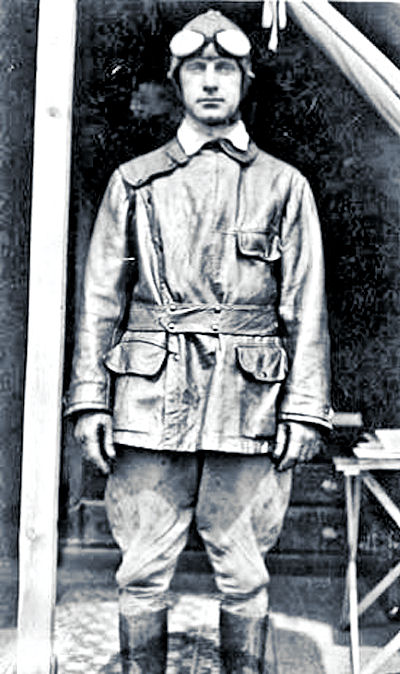
Raynal Bolling, Aviator
Bolling did not accompany his squadron to France because he was called to
Washington to help plan the creation of a wartime air force. His aviation expertise,
contacts with industry, and knowledge of the law made him an especially valuable
asset in crafting legislation to create American airpower. He and Foulois drafted the
bill that became the $640 million appropriation. Foulois had also only recently come
to Washington. He was one of the most experienced aviators in the regular Army.
After the passage of the historic aviation bill, Foulois and Bolling focused on the
next major problem –how to translate the huge appropriation into a practical plan to
man, train, organize, and equip an American air force. The United States was unprepared for war, and a strict policy of neutrality had minimized contact with the
European allies. An air force needed modern combat aircraft, well-trained pilots,
mechanics and support personnel, and a host of other items to create combat-ready
squadrons. Bolling was sent to Europe to figure out what types of airplanes America
should build.
The “Bolling Mission”
Bolling led a group of officers, technicians, and other experts (more than 100 personnel) on what became known as the “Bolling Mission” to Europe to determine
what types of airplanes the United States should manufacture. They met with aviation officials in Britain, France, and Italy. As a result of these meetings, Bolling realized that American aviation technology was so far behind that it would be necessary,
at least initially, to rely upon the European Allies for airplanes. At this point in
aviation history, the airplane reflected an immature technology, and unlike today,
improvements were inexpensive and rapid. Also, the proximity of European aircraft
designers and their factories to the battle area gave them a distinct advantage in
turning out improved models based on combat experience.
As it turned out, American industry had so much difficulty producing acceptable
warplanes that most of the AEF’s airplanes came from foreign sources. It was a scandalous failure for the nascent American aircraft industry, especially given the huge
aviation bill passed by Congress. This disgrace resulted in a series of congressional
investigations after the war. Accordingly, it is no surprise that France, which had the
largest aviation industry IN the world, supplied 80 percent of the AEF’s airplanes.
Bolling’s aircraft purchases were of great consequence. As one historian noted,
“The Bolling Commission actually played one of the most important roles in the
war.” This is because the numbers and types of aircraft that he recommended for
production in the United States, as well as those purchased from the Allies, would
shape the air strategy in terms of the weight of effort for air superiority, observation, and bombardment. The contract he negotiated with the French, known as
the 30 August Agreement, in 1917, called for 875 training planes and 5,000 service-type aircraft. Since the war would be over in a little more than 14 months, these
early decisions had significant impact. In the event, however, French manufacturers
were unable to deliver on time, resulting in aircraft purchases from Britain and
Italy.
General Pershing was so impressed with Bolling that he retained him in France,
promoted him to colonel, and appointed him as chief of the Air Service’s line of
communications. In addition to aircraft procurement, Bolling was responsible for
logistics, reception of aviation units, and pilot training. The other main part of the
Air Service was called the Zone Advance, where the training and organization centers were located. Col William “Billy” Mitchell was in charge of it.
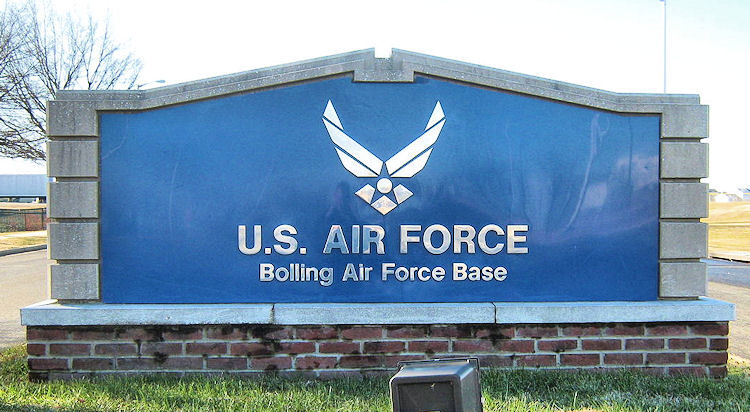
USAF Headquarters Bears Raynal Bolling's Name
Benjamin Foulois, who had been organizing the Air Service and its facilities back in the States, arrived in France in November 1917 and reassigned both Bolling and Mitchell, effectively demoting them and replacing them with his own handpicked officers. The move would prove a major setback for the U.S. Air Service.
Foulois appointed Bolling as a liaison officer to the Royal Air Force. Bolling became the senior airman killed in the war when his car was ambushed by a German
patrol while he was attempting to visit elements of two American aero squadrons
that were attached to the British. The Germans had just launched their long-anticipated spring offensive, and the front line had dissolved in that sector. Bolling was
the most knowledgeable officer on aircraft procurement. His loss contributed to the
unhinging of the Foulois regime, but that's another story to be told elsewhere. Colonel Raynal Bolling was posthumously awarded the Distinguished Service Medal. His citation reads (in part): Colonel Bolling's service to the United States Aviation was
distinguished for an accurate and comprehensive grasp of aviation matters; for a sound and far-sighted conception
of the measures needed to establish an efficient American Air Service in Europe; for initiative and resourcefulness in
attacking the problems of a young Air Service; for brilliant capacity in arranging affairs with foreign governments,
for boldness and vigor in executing determined policies.
Bolling Field, District of Columbia, now a part of Joint Base Anacostia-Bolling, was opened on 1 July 1918, and named to commemorate Bolling. Bolling Air Force Base has served as USAF Headquarters since 1947.
From Battlecruiser to Aircraft Carrier
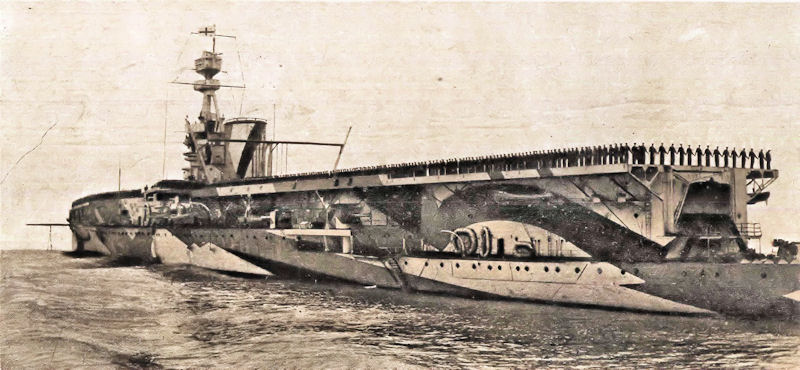
HMS Furious (1917-1948) Started as a Battlecruiser, Became a Hybrid Ship with the Capacity for Launching Aircraft (Shown Here in 1918), and Was Converted to Full Carrier Configuration in 1925. On 19 July 1918 Furious Launched the First Carrier-Based Raid in History Against the German Airship Base at Tønder, Denmark. During the Second World War She Served in the Mediterranean, Supporting Operation "Torch" and the Defense of Malta.
100 Years Ago:
|
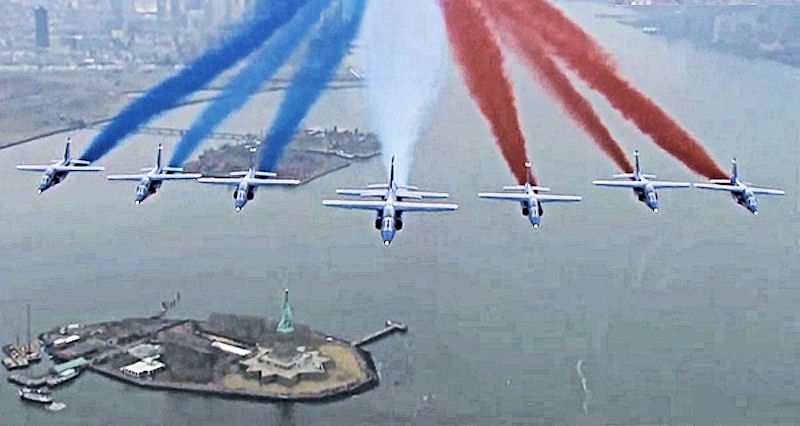
The skies of New York were painted in red, white and blue–the colors of both the French and the American flags–in the spring of 2018. The visit by France’s Air Force jets marked the 100th anniversary of the U.S. joining World War One. With Stars and Stripes emblazoned on their tail fins, eight Alpha Jets from the Patrouille de France (PAF) demonstration team flew over the Statue of Liberty and Manhattan's Freedom Tower.
Support Worldwar1.com's Free Publications |
||
Order Our
|
Shop at |
Order the Complete Collection
|
A World War One Film Classic
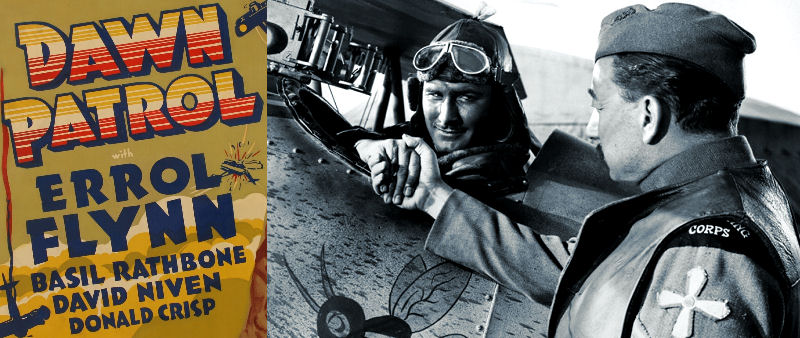
When I was the membership chairman of the old Great War Society, we asked our new enlistees what got them interested in the First World War. I was surprised at how many mentioned the 1938 film The Dawn Patrol with Errol Flynn, Basil Rathbone, and David Niven. Only the novel All Quiet on the Western Front rivaled this film as a stimulator of interest in the war.
The "showstopper" scene in the movie, however, is not any of the combat sequences but in the mess when the pilots drink a musical toast "To the next man who dies." The lyrics used in the movie are an adaptation of a 19th-century poem out of India titled "The Revel" by Bartholomew Dowling. The film is available on for purchase or renting on Amazon and shows up fairly frequently on the cable movie channels.
| Thanks to each and every one of you who has contributed material for this issue. Until our next issue, your editor, Mike Hanlon. |
|
|
Content © Michael E. Hanlon
